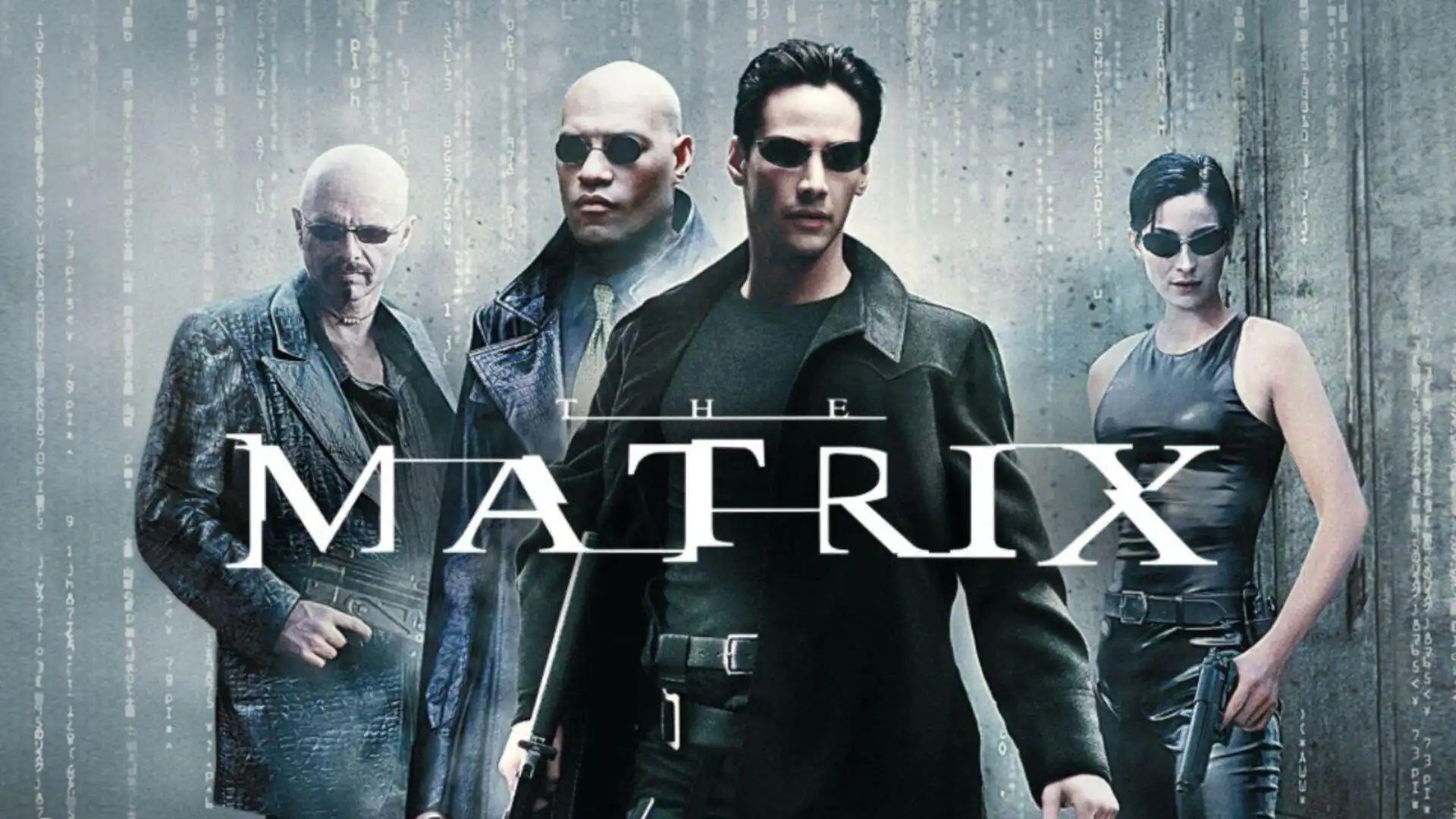By Vinita Jain
Copyright newsbytesapp

The Matrix, a 1999 sci-fi action film, changed the landscape of American cinema with its groundbreaking visual effects and philosophical undertones. Directed by the Wachowskis, the film introduced audiences to a dystopian world where reality is an illusion. Its innovative use of bullet time photography and cyberpunk aesthetics set new standards for action films. The Matrix also delved into themes of reality, freedom, and control, sparking discussions beyond the cinema hall. The Matrix was a pioneer in using bullet time photography, allowing the camera to move around slow-motion action sequences. This technique gave viewers an immersive experience, making it a hallmark of modern filmmaking. The visual effects team used a combination of practical effects and digital technology to create the iconic scenes that are still referenced today. The film’s visual innovation inspired countless filmmakers to push the boundaries of what is possible on screen. More than just an action movie, The Matrix is known for its philosophical depth. It raises questions about reality, perception, and free will, drawing from various philosophical traditions like Gnosticism and Buddhism. The dialogue and narrative structure encourage viewers to think critically about their own perceptions of reality. This intellectual engagement has made the film a subject of study in both film and philosophy courses. The cultural impact of The Matrix extends beyond cinema into popular culture. Its themes have inspired countless parodies, references in other media, and even academic discussions on technology’s role in society. Phrases like red pill have entered common vernacular as metaphors for awakening or enlightenment. This widespread influence demonstrates how deeply embedded the film is within cultural consciousness. The Matrix also showcased cutting-edge technology in filmmaking at its time. From green screens to CGI integration, it set a new standard for how technology could enhance storytelling without overshadowing it. These advancements paved the way for future films that rely heavily on visual effects while maintaining narrative integrity, serving as a testament to The Matrix’s lasting legacy in cinematic history.



